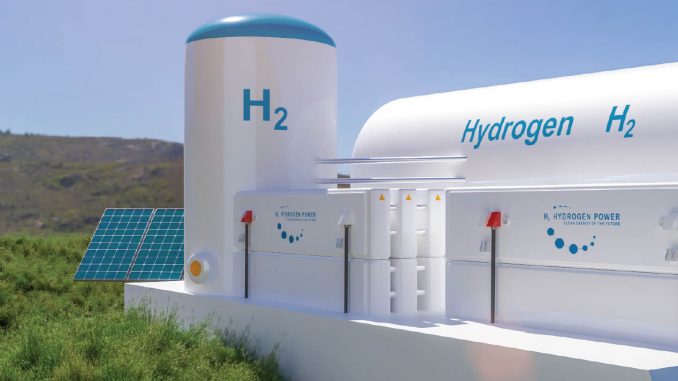
The Indian power sector crossed a significant milestone recently – its installed renewable energy capacity (excluding large hydro) reached 100 GW.
This, indeed, is a noteworthy achievement given that the installed renewable energy capacity has more than doubled in the past five years. Much of this can be attributed to the policy push and falling capital costs of renewable energy technologies, mainly solar.
However, in order to reach the ambitious target of 450 GW by 2030, the pace of renewable capacity addition needs to increase manyfold and the challenges with respect to transmission constraints and bankability of PPAs need to be addressed expeditiously.
There is good news on the distribution front too. The segment, which is considered the weakest link in the power value chain, showed some improvement in financial performance in 2019-20. The discoms’ annual losses (on a subsidy received basis) have declined significantly, by 36 per cent, to Rs 393 billion as compared to Rs 614 billion in the preceding year. The losses are, however, expected to increase in 2020-21 due to a revenue shortfall on account of a dip in demand in the C&I segment following the lockdown, inadequate tariff revisions and an increase in interest costs. AT&C losses have also declined, albeit marginally, to 21.16 per cent from 21.85 per cent during the same period; nonetheless, they remain high and vary widely across states. The newly launched Revamped Distribution Sector Scheme now aims to take these achievements further and attempt a turnaround in the financial and operational performance of discoms.
Meanwhile, the conventional power generation sector continues to be overshadowed by renewable energy, which has considerably affected the order books of BTG suppliers. The silver lining here is the increase in demand for air quality control solutions as gencos strive to meet the revised emission norms. Other opportunities exist in the digitalisation, flexibilisation, R&M and nuclear power spaces.
Power Line’s InFocus section on distribution and Special Section on BTG equipment discuss the key trends and developments in these segments in greater detail.
